With Season One of Andor now fully behind us, there’s no denying the series was hugely successful with much of that success built on the Star Wars familiar. The ever-oppressive Empire, fledging rebels, Coruscant politics, galactic breakfast cereal…it was ALL there. But in a series set during the era of A New Hope, much has been made by many fans asking, “Where were all the dank farrik aliens?” It’s a fair question and one that likely has its final answer rooted in Legends and pragmatic Imperial processes, if such a thing can exist, rather than an oversight in writing or bad form in creativity from Gilroy and team.
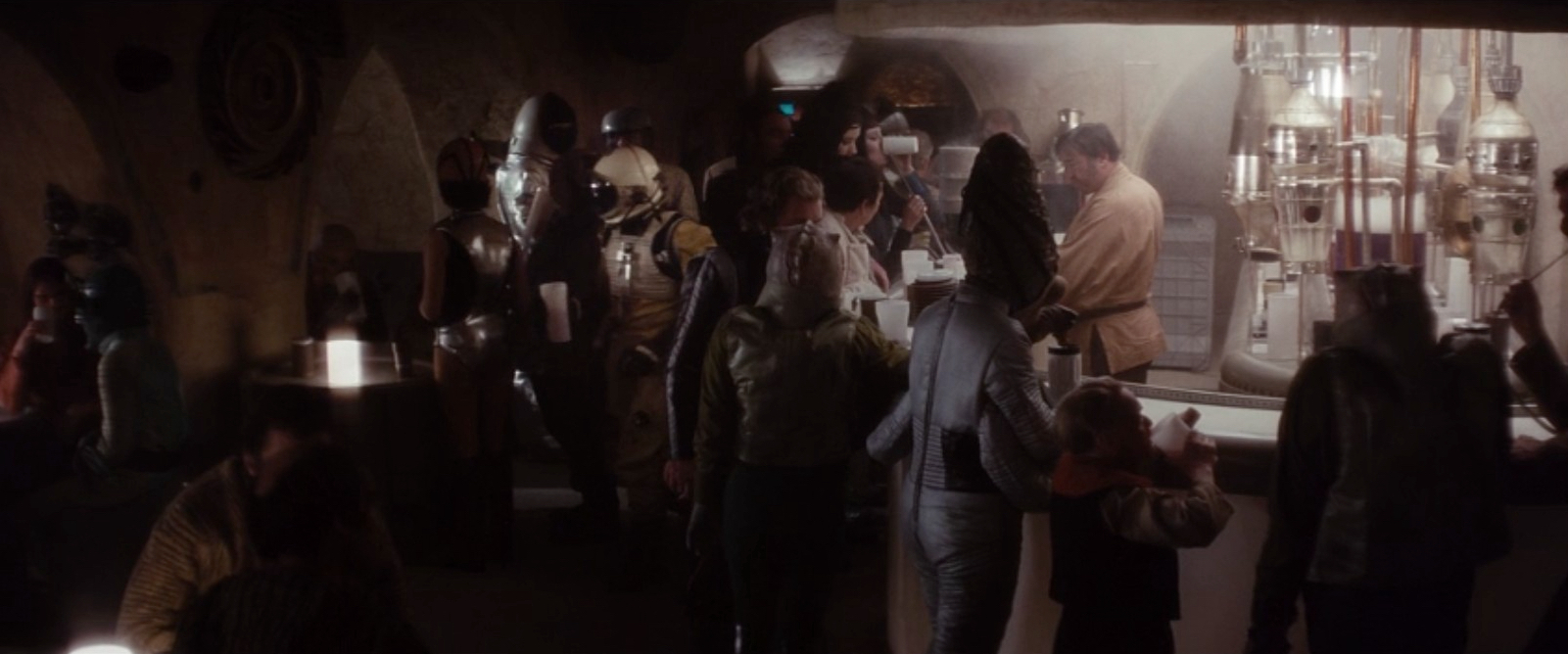
When we think of Star Wars aliens, it’s only natural that we hark back to the scum and villainy first seen on Tatooine as it set the standard in many ways for what the denizens of Star Wars looked like, but also the state-of-the-art in costume character design. Sure, there were devils, werewolves, snakes, and other Earthly looking creatures, but we also got “hammerhead” Ithorians, no-shave-November Wookiees, and Rodians, whose fingers come up on our show to this day as a point of discussion/contention because, like, they don’t bend. The point being, that scene gave us a taste of just how vast and varied the galaxy really was, but it also highlights a major challenge for the Empire when trying to express their Force-given rights as the ultimate power in the universe: non-uniform slave labor. More on that in just a bit…

And to be clear, Andor did give us a good variety of aliens some of which were front and center and others just beyond the purview of our main focus, but they were there, and they served purpose apart from aesthetics. Even in the opening sequences we see red (blue?) light district aliens in the brothel, we have the hulking Vetch (Ian Whyte) present on Ferrix and by the time we get to coruscant, it’s a whole host of uppity aliens sure to make the Galaxy’s apparel designers pull their hair out each fashion season. Gilroy himself is on record as stating that aliens, while at the core of Star Wars, were not the at core of his storytelling for creative reasons,
“There’s already so much politics in the show to begin with, and we’re trying to tell an adventure story really. So, adding strong alien characters means that all of a sudden, there’s a whole bunch of new issues that we have to deal with that I don’t really understand that well or I just couldn’t think of a way to bake them into what we’re doing.”
Translation: Gilroy is secretly working for the Empire, and I can prove it.

You see, rather than try to build a labor workforce system, er, prison system, around a wide variety of galactic species with two arms, four arms, no arms, walks-on-hands, eats-with-feet, etc., it’s the clear the Empire (and Gilroy) is keeping it very simple by building their facilities and processes around a species they’re already familiar with, namely humans. And make no mistake about it, humans are a delightful species to imprison in Star Wars because:
- They are highly adaptable to working conditions
- They all have the same physical and physiological characteristics
- There are lots of them…like, LOTS.
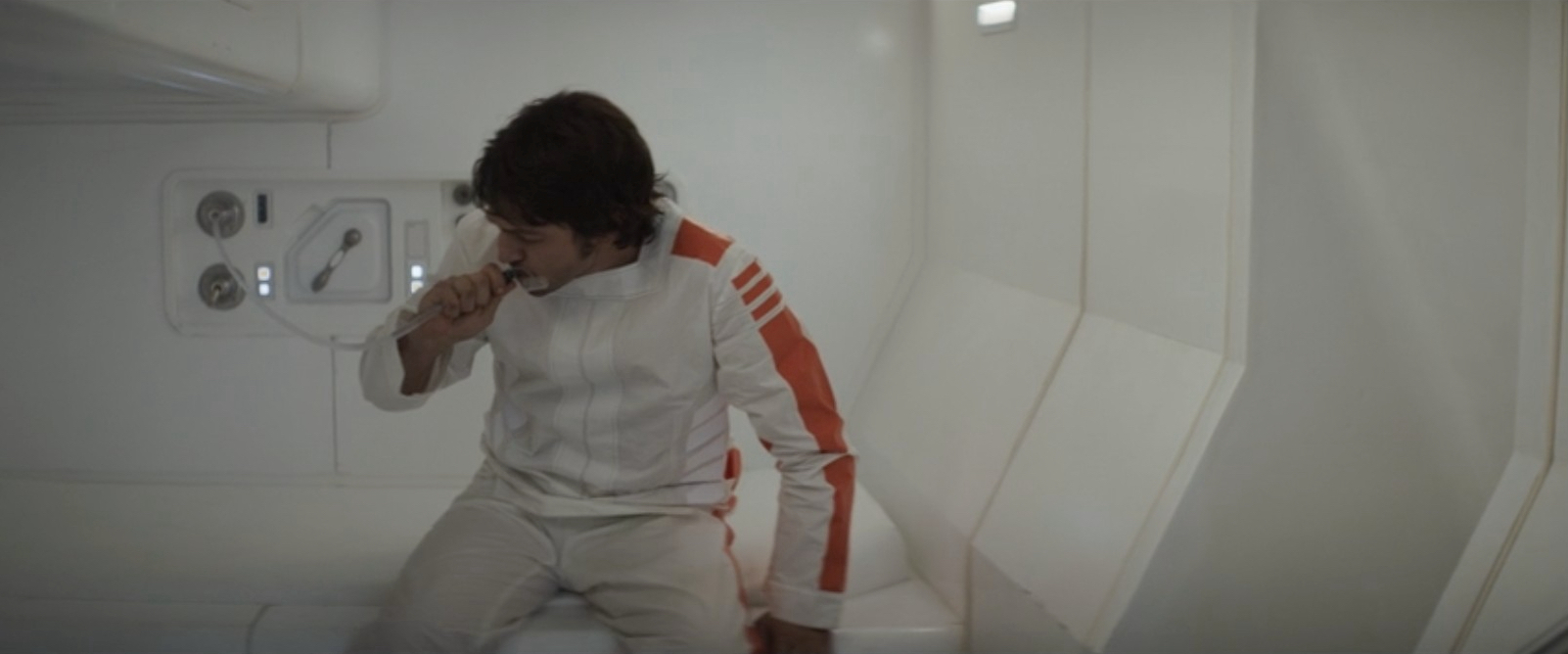
As a specific example, let’s look at the meal system in the prisons because as any good oppressor worth their weight in Crait salt knows the old galactic adage of, “fill the bellies, stop the skellies” goes a long way here. (Note: I’m sure that’s never been uttered in Star Wars or in real life, but you try and come up with a catchy rhyme there). And, if you’re designing or developing to the lowest common denominator, humans, you only have to build ONE feeding system and you don’t have to account for all the variations in diet and physiology other species introduce. It’s the same feeding system, with the same tube, dispensing the same food, of the same formula, to keep your prisoners alive and nourished without the overhead of multiple systems and formulas in order to be diverse and inclusive. To the Empire, diversity and inclusiveness simply isn’t cost prohibitive, and it’s too complex, and at the end of the day, what Governor wants that?

And as a quick note and extension, take in account the other costs associated with running a successful slave labor camp such as uniforms, hygienic facilities, medical/dental/vision care, tool and equipment ease-of-use. And don’t even get me started on procurement of parts and potential supply chain issues. I mean, can you imagine a Rodian attempting to exercise the fine motor skills required by someone like Ulaf with fingers that, again, actually bend? Sure, a Rodian could likely make it work, but why bother providing that opportunity? Rodians would better serve the Empire as a fine liqueur, just ask Greedo, but I digress…
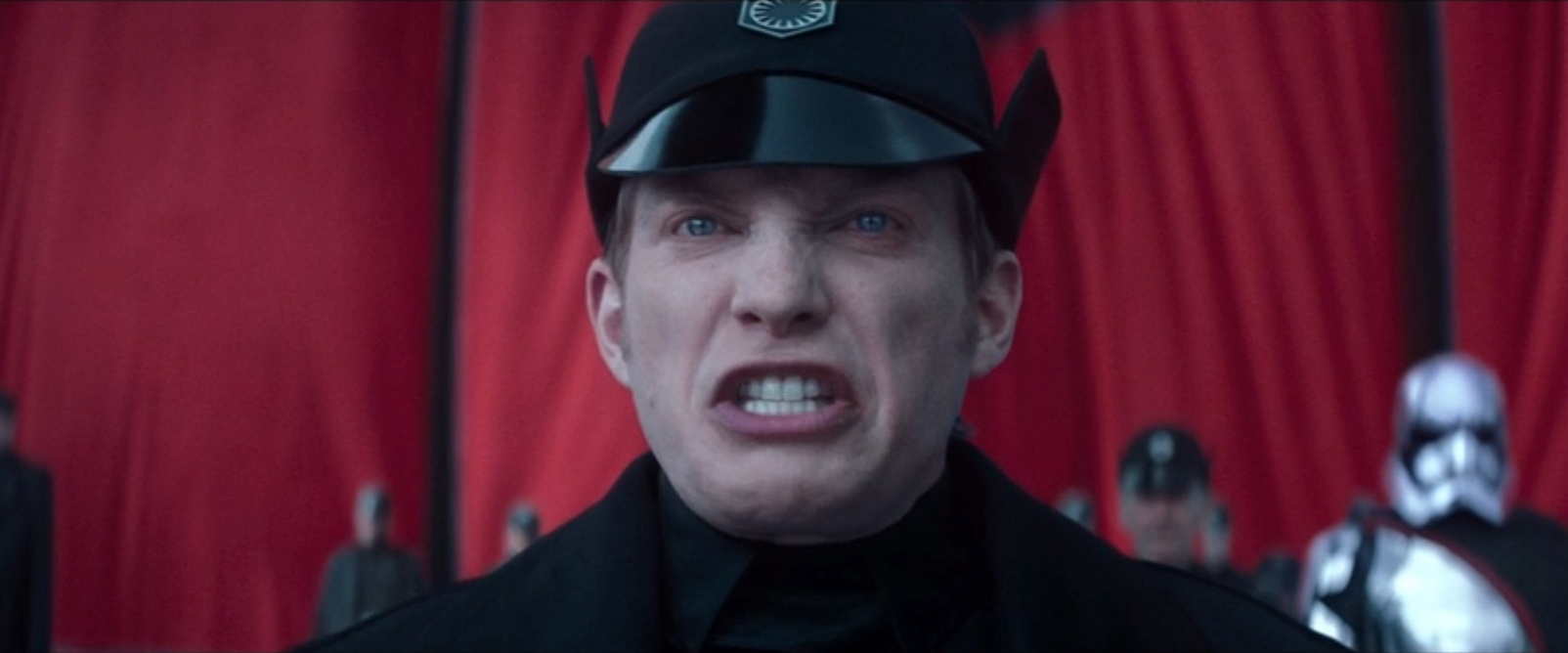
And finally, there’s that whole business of the Empire being, oh, I don’t know…xenophobic, which we all know them to be. It’s always been the case in Legends, it started with the clones, and it’s carried over into the First Order, but again, can you really blame the Empire for that? Can we all agree that, yes, while the Empire is evil, it just makes practical and pragmatic business sense to employ only humans in some cases for all the same reasons they do in their prison camps. And if we’re being completely honest here, do we really think Daddy Palpatine sees much difference in prison labor and his own forces that serve and protect him? They both impact the bottom line, they’re both expenses, and quite frankly, they’re both expendable (see #3 above)
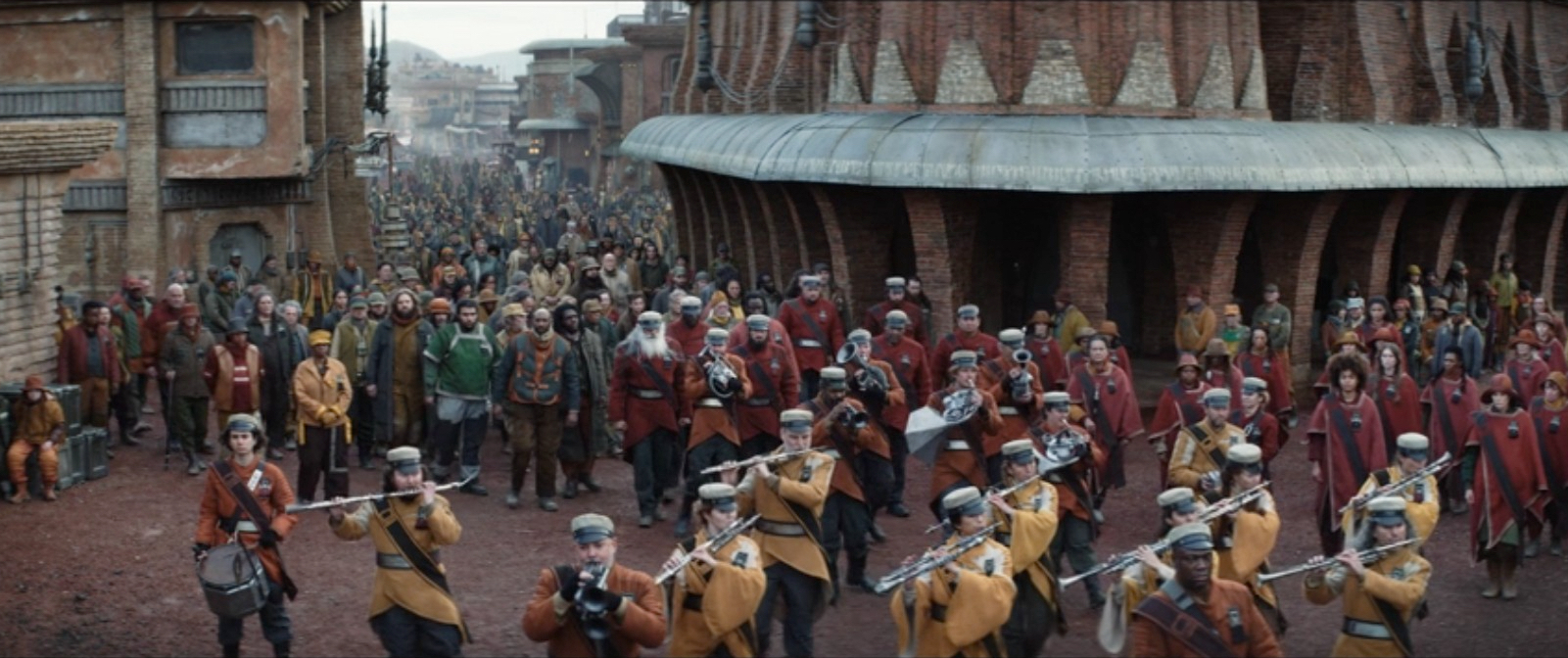
So just where were all the aliens in Andor? The answer is easy: they were there right in front of our eyes the entire time…they were just someone’s problem to deal with, and not the Empire’s.
…nor the problem of the people of Ferrix, but that’s a story for another time.
He/Him. Co-host of the Cantina Cast Star Wars podcast. Producer and creator of others. I unapologetically tweet, talk, and write about Star Wars. Legal counsel for Cassian Andor. YNWA. 🇺🇸🇲🇽


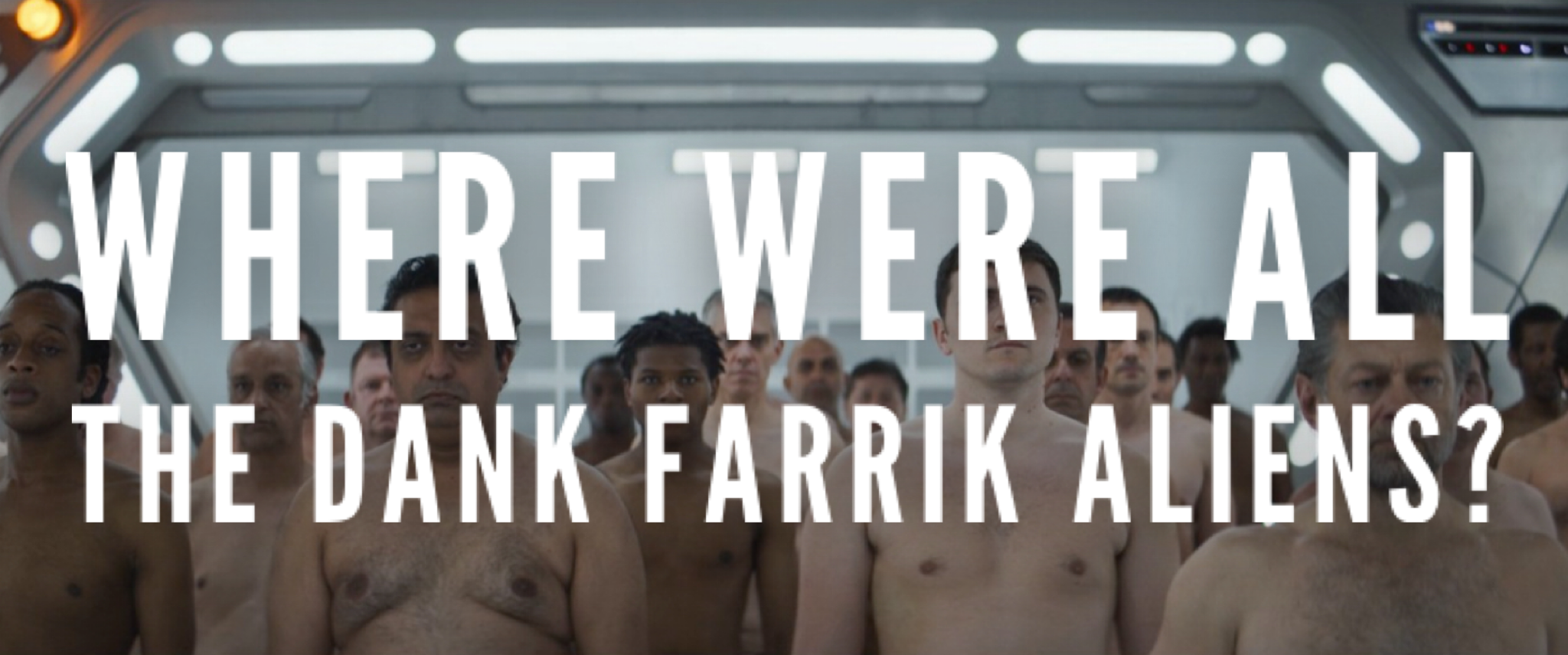

One response
Great answer to one of the questions I’ve been pondering since Andor. Nice work Albert! (And extra credit for the best title card around!!)